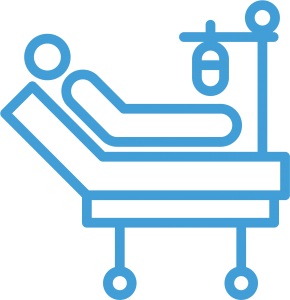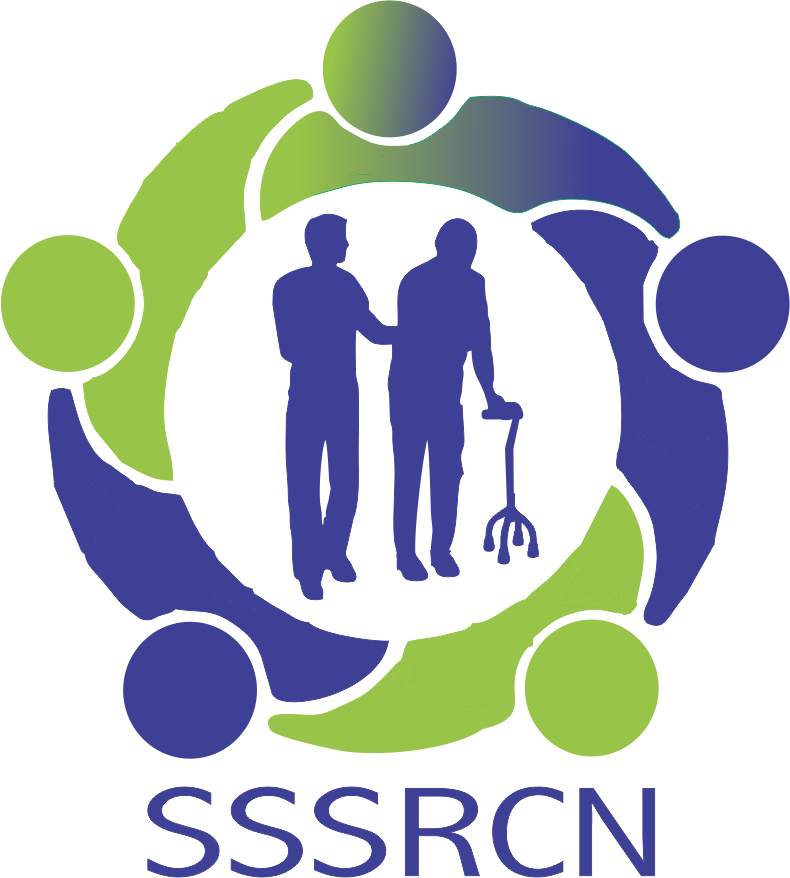Speech delivered at a symposium held to celebrate world stroke day 2022
People have strokes and sometimes they describe it as a partial stroke. Surely, this is a wrong description, but the term ‘partial stroke’ stems from the fact that half of the body is paralyzed, and people tend to refer to this half of the body as the ‘partial stroke’. A stroke usually presents as paralysis of half of the body, this is seen when half of the brain is affected but when the two halves of the brain are affected, the two sides of the body can be seen to be paralyzed.

Also, after a stroke, people talk about “stroke injection” (abere stroke). “Stroke injection” appears to mean any piercing of the skin done by the clinician (nurses, doctors, etc) whenever a patient appears in the hospital. People often warn their friends or family members, “don’t allow them to give you a stroke injection,” because the myth has it that any injection given to the stroke patient during the early onset (acute phase) worsens the outcome of this ailment.
I must emphasize that this thought has gone beyond a myth and is now a legend among South-western Nigerians (I am not sure if this myth is popular in other areas of the world). I must use this medium to correct that even though this myth has phenomenological/experiential backing, it is medically/scientifically untrue and should not be allowed to fester undebunked. The fact is that clinicians administer intramuscular/intravenous preparations to help stabilize patients in acute stroke conditions.

Physiotherapy is the flag bearer of the rehabilitation profession and is often recommended at the onset of any stroke episode by trained and untrained health personnel. Unfortunately, some trained health personnel thinks physiotherapy for acute stroke is about physical exercises. Again, I wish to comment that this a misguided information. I say it is misguided because though early referral to physiotherapy is evidence-based during acute stroke onset, it is not for physical exercises rather therapeutic movements and positionings may be adopted to ensure symptom stabilization.
Today, I want to use this opportunity to emphasize that physiotherapy intervention during the acute phase of a stroke episode consists mainly of therapeutic movement and positioning that are bespoke for every stroke episode. Allow me to elaborate on this:

First, stroke episodes are diverse in occurrences, so it is necessary to have proper neuroimaging even before the onset of physiotherapy intervention in acute stroke care. The way a stroke therapist will manage an acute stroke patient from an intracranial haemorrhage is different from the way the therapist will manage a similar acute stroke that is caused by ischaemia.
The case of Alebiosu Kogbodoku, (pseudonym) a 45-year-old who is referred on account of a left massive intracerebral haemorrhage that led to right hemiplegia and is presently on admission in the ICU with a GCS of 5-6/15, on ETT and SPO2 > 96% would require more of cardiopulmonary physiotherapeutic interventions. Mr Kogbodoku at this moment will be struggling to be alive and being unconscious, will not be aware of the paralysis imposed on his muscles by the preset predicament. The physiotherapeutic care at this time will surely be different from what the stroke therapist will render to Mr Alade Biobaku (pseudonym) another 45-year-old man who was referred on account of left ischaemic stroke presenting with right hemiparesis with a GCS ranging between 10-12/15 with SPO2 ranging from 90-92% who is on admission at the medical cubicle of the ETR. In the case of Mr Biobaku, the stroke therapist will be concerned about improving the patient’s oxygen saturation and preventing the development of DVT, which may be achieved with the use of positioning, therapeutic respiratory techniques, and so on.
These two cases emphasize the bespoke intervention of stroke therapists for patients with acute stroke episodes. I want to summarize that acute stroke care for the rehabilitation therapist has advanced to the extent that the myth and legend do not stand anymore. Thus, for our patients to make appreciable recoveries, all healthcare professionals involved in acute stroke must attempt to know a little about what other healthcare professionals do to complement one another.

Secondly, symptom stabilization is also the goal in the acute phase of stroke episodes for the stroke therapist. This is because in certain cases, symptom stabilization might go beyond hospital admission, which brings me to my final anecdote:
Mrs XY, a 65-year-old woman whom a stroke therapist was invited to manage at home, on examination, the patient was not very responsive and the B.P was 80/35mmHg. The stroke therapist advised that the patient be brought to an emergency treatment room. However, some overzealous health workers believed the opinion of the stroke therapist was not valid and they continued home care. Unfortunately, the patient passed on 24 hours later. Usually, we will say it is God’s doing, even when we failed to make the correct decision.
This is to say that even when the patient is not on admission, symptom stabilization is a necessary pre-emptive step that a stroke therapist recommends in preventing stroke fatalities.

Finally, physiotherapy treatment for acute stroke should not just be regarded as ‘na-apa, na-ese,’ (move your hands and move your legs). Physiotherapy is an evidence-based approach to rehabilitation that aims to promote maximum functional recovery after a stroke.
Thank you
Dr. Ogunlana Michael O.
BSc.PT, MSc.Epid, PhD.PT
Neurophysiotherapist and
Deputy Director of Physiotherapy Services
Federal Medical Centre Abeokuta, Ogun State, Nigeria.


This is very interesting, thank you sir. Permission to share
Sure